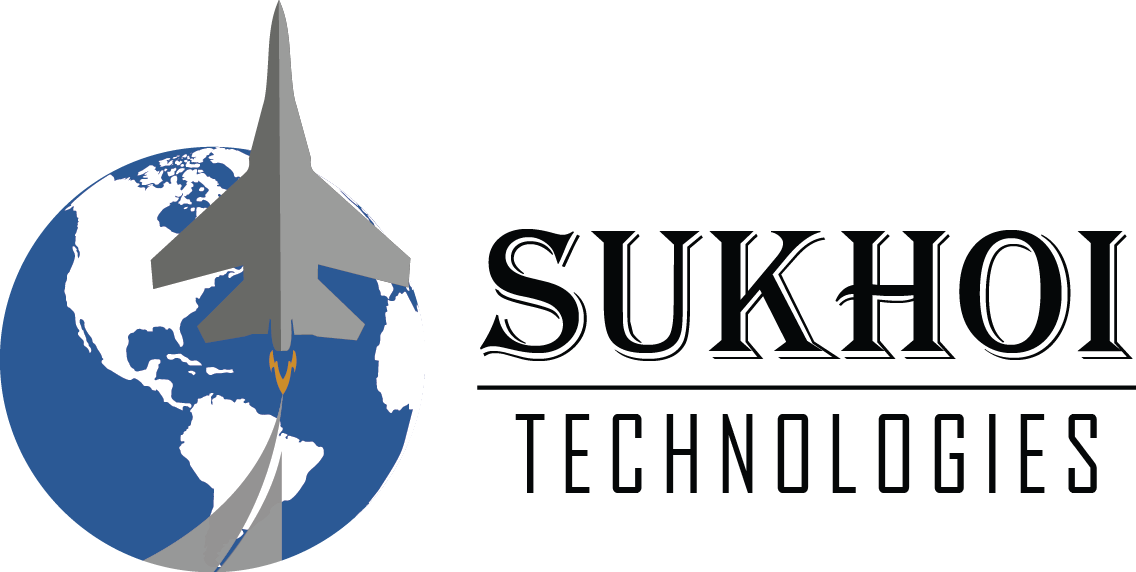1. Twitter May Fall While LinkedIn Rises
While other social media platforms are seeing steady or rapid growth, Twitter has failed to grow its user base in 2017. Recently, the platform tried to revive its reach by expanding its traditional 140 character count to 280 characters, but this effort’s success has yet to be seen. Some users are actually irritated that what they believed was a differentiator for the platform is now gone. Indeed, using under 140 characters forced individuals and brands to be precise and succinct in their ideas. It was challenging but fun. Now, however, the platform is more akin to Facebook or LinkedIn in how many characters it allows, and it will likely suffer because of that.
Twitter also focused heavily on user acquisition in 2017, rather than on making improvements to its ad platform. As a result, marketers are investing in other platforms to reach their audiences. This trend will continue in 2018 as Twitter continues to die a slow death.
Meanwhile, LinkedIn has made a number of improvements to its advertising platform in 2017 and presented a refreshed user interface, offering new opportunities for B2B and B2C brands. Instagram, for its part, continues to grow at an incredible rate. In 2017, Instagram announced that approximately 800 million people use the platform each month. Their latest tool, Instagram Stories, became more popular than Snapchat just one year after going live, and we expect more people to continue to migrate over from Snapchat to Instagram Stories in 2018. Many B2C brands tend to see better engagement on Instagram than any other social platform, and its excellent advertising controls will help it become the go-to channel for social media marketing in 2018.
2. AI & Behavioral Marketing Will Make Strides Together
In 2017, marketing platforms collected and stored information such as site usage, browsing patterns, search history and content preferences to create customer profiles and behavior marketing strategies that help marketers create custom messages to address these prospects. But the next step is even more exciting.
Adobe predicts that machines will start making strategic marketing decisions. In such a situation, the software will analyze data to build segments, start and stop campaigns across various channels, and create custom copy that will target perceived personalities. Because customers are more loyal when they see marketing that specifically targeted to them based on their behaviors, these advances in AI and behavioral marketing in 2018 will allow marketers to more effectively engage with their prospects and customers. After all, no data is more insightful than when buyers themselves tell you what they want via the actions they take.
On a related note, due to tools such as like Intercom and Drift, marketers can use artificial-intelligence-powered live-chat tools to communicate with prospects. As this technology continues to improve, it is likely that more brands will embrace AI live chat to better service website visitors.
3. Brands Will Invest Heavily in Influencer Marketing
Influencer marketing as a strategy has been growing in popularity for the past few years, but new and different types of brands are now starting to take notice. According to Inc.com, 84% of marketers planned on executing at least one influencer marketing campaign during 2017, and businesses generate $6.50 for every $1 invested in influencer marketing. Clothing and beauty brands have had great success with using micro influencers and major celebrities for a while now, but now brands like Amazon are getting in on the action.
One example: Amazon recently added a self-service tool for social media influencers to its Influencer Program. The program gives influencers the opportunity to build a page on Amazon with a dedicated vanity URL to show their followers the products they recommend. This makes it easier to share and shop product recommendations—and earn money while doing it.
Consumers, especially younger ones, prefer content that feels less “staged” and more natural. Subtle sponsored content that feels and looks organic promoted by influencers is extremely effective. Nearly 95 percent of maketers who currently use an influencer marketing strategy believe it is effective, and we only expect this number of marketers (and their respective brands) to increase next year.
4. New Advertising Formats Will Circumvent Ad-Blocking Technology
Every day, shoppers are discovering ad-blocker software, much to their delight and the disappointment of marketers. 100 million consumers in the U.S. will be ad-block users in 2020, up from 44 million in 2016. According to Optimal.com estimates, this will add up to more than $12 billion lost in display ad revenue in 2020.
Google is working on a Chrome tool that mutes autoplay videos, which might be good news for consumers, but not such great news for advertisers.
So how are brands getting around these types of ad-blocking and silencing features? Smart advertising platforms like Facebook have found ways to disable ad-blocking on their sites, allowing businesses to know their content will be seen. Others are moving to new platforms.
YouTube, while well-established, is growing significantly in popularity with a new audience base, and advertisers are taking notice. YouTube Kids is free to consumers, ad-supported and reaches around 70% of the 6 to 12-year-old audience, and comes with parental controls, content preferences and time limits. Parents are quickly making the switch from expensive cable. This is a great opportunity for advertisers who want to reach this target segment with streaming ads.
While streaming sites like YouTube, Hulu and Amazon Video have always had ads built-in, platforms like Netflix are only just now beginning to follow suit. While the platform is still technically ad-free, it came under scrutiny in 2016 for obvious product placement in its original series “The Ranch,” causing viewers and critics to wonder if this would become the new normal for the platform. In 2017, Accenture began working on a product placement technology that it believes will be a billion-dollar revenue generator in the next few years and will address the issues advertisers are facing with ad-blocking software.
This AI-driven solution (and others like it) will be used to quickly scale, place and personalize logos and products that may appear in related content. For example, if you’ve been doing research on a new MacBook online and decide to take a break to watch a Netflix Original series, that same laptop could appear as a character’s prop or on a billboard in the background of a crucial scene. This may be tailored for each user, allowing personalization and re-targeting to mix where customers are already heavily invested.
5. Privacy Protection Will Be a Major Priority Across the Globe
With the onset of new privacy regulations across the globe, brands that sell to customers in Europe and beyond must be prepared to comply. The new European Data Protection Regulation (GDPR), in particular, will redefine what online privacy means for all organizations, as they’re faced with requests (and requirements) for the permanent erasure of customer information through the “right to erasure” and restrictions about how prospect data is collected and used for marketing initiatives.
In addition, 2017’s massive data breaches have had a considerable impact on how consumers everywhere (and perhaps even more so in the U.S.) think about their online privacy and security. Consumers will prioritize companies and products that put their information security first in 2018 and beyond as these attacks continue to become more common, and smart marketers will begin using privacy protection and data security as a value proposition across all industries and product offerings.

